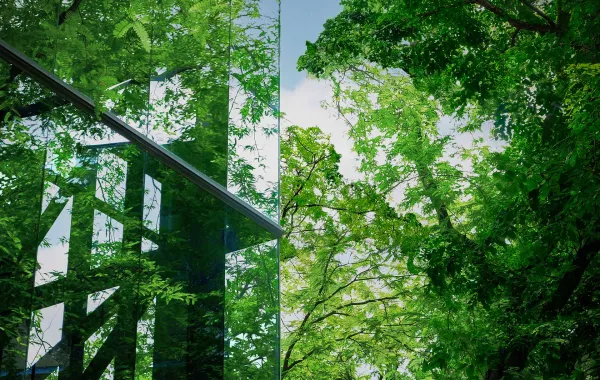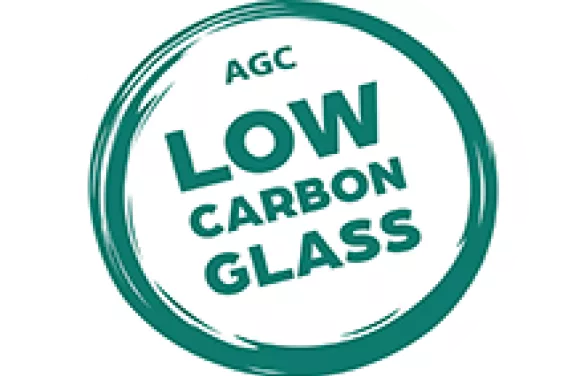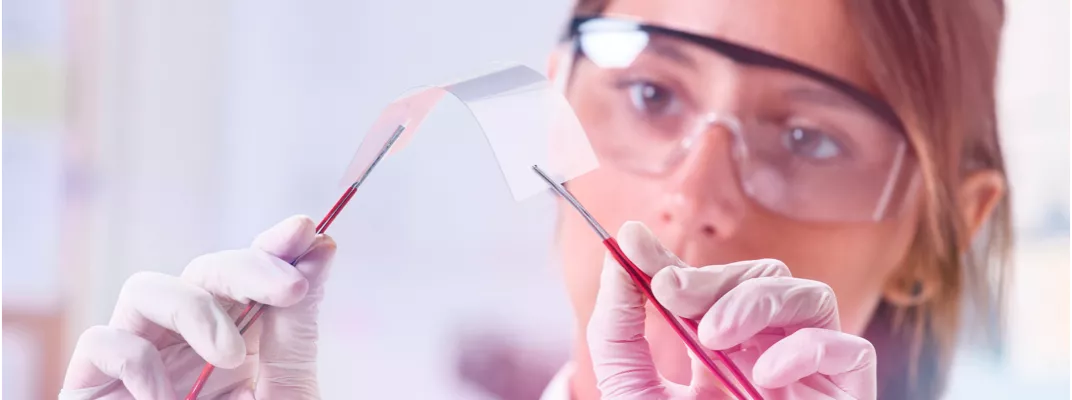

To achieve CO2-neutral glass production by 2050, all parts of the value chain need to be taken into consideration. This includes decarbonising the glass production processes as well as eliminating all CO2 emissions from the supply chain upstream of our processes and other indirect emissions. AGC takes a holistic approach to sustainably producing its Low-Carbon Glass.

1. Sustainable sourcing of raw materials
Selecting low-carbon soda ash and local sand requiring minimal treatment, both transported mainly by barges and trucks running on biodiesel.
2. Use of highly efficient melting furnaces
Renovating our furnaces into top class energy-efficient units, including through the use of electro-boosting technology.
3. Increased use of cullet (recycled glass)
Recycled glass accounts for more than half of the raw materials used in our glass. Pre-consumer and post-consumer cullet is collected from local recyclers, processors, long-standing customers and Group subsidiaries.
4. Use of green energy sources
Generation of renewable and green electricity on-site through power generation and cogeneration. On-site power generation is supplemented by purchasing renewable electricity under power purchase agreements.
5. Optimisation of transport between Group sites for finishing processes
Where possible, and in order to enhance synergies between production and the finishing process and to reduce transport and CO2 emissions, AGC laminates the glass sheets into safety glass on-site. Coatings are either applied on-site or in the immediate vicinity of the plant.
6. Optimisation of transport for finished products
Low-Carbon Glass is produced in strategically located plants close to key customers to optimise transport distances for end products.
AGC products made with Low-Carbon Glass are based on clear float glass whose carbon footprint is only 5.5 kg CO₂ eq/m² (4mm thick glass) and contains more than 50% recycled content.
Low-Carbon Planibel Clearlite can be processed into AGC’s key ranges of functional glazing products:
- safety glass: Stratobel and Stratophone range
- thermal insulation glass: iplus range
- solar control glass: Stopray and Energy ranges
These new Low-Carbon Glass products deliver the same aesthetics, quality and technical performance as traditional AGC float glass products.

